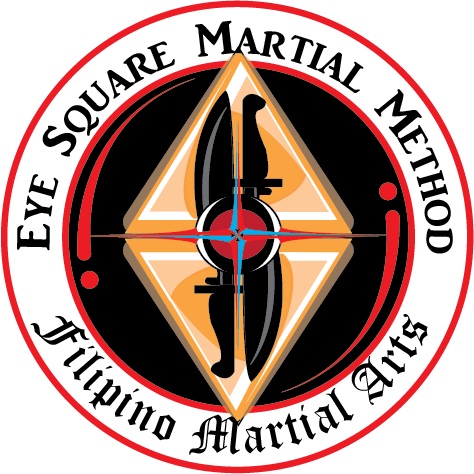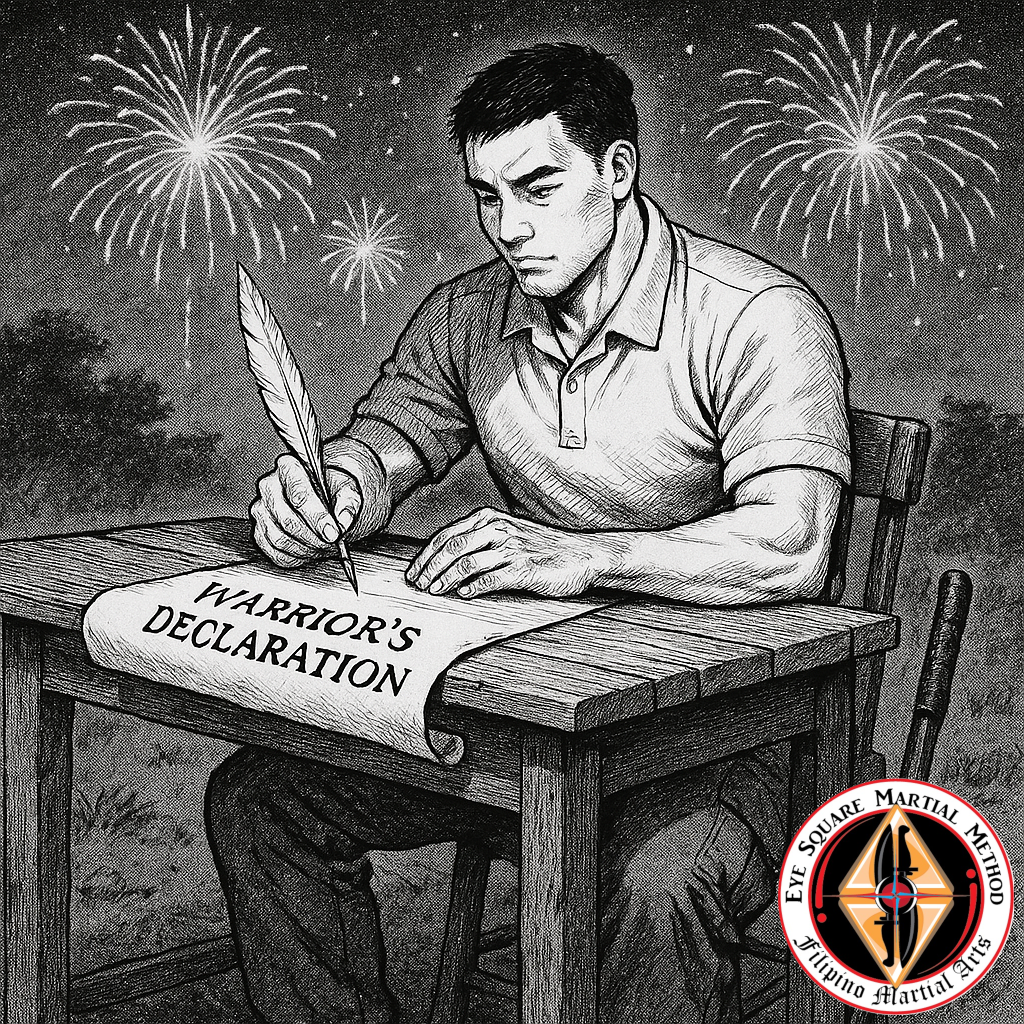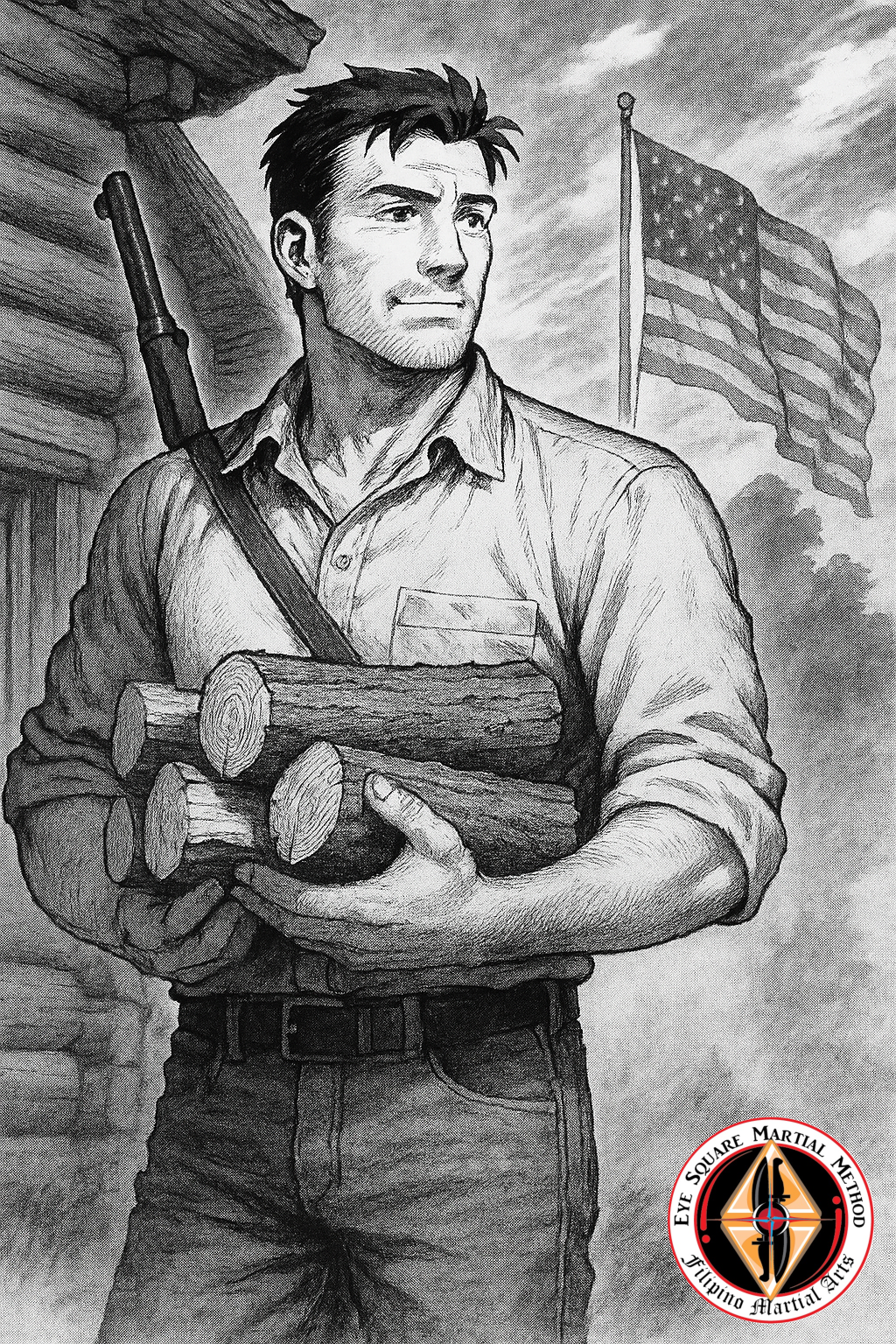I. Introduction
July marks our nation’s boldest pledge—and it’s the perfect moment to make one for your training.
Just as the Founders set forth a clear statement of purpose, you can craft a “Warrior’s Declaration of Intent” that clarifies why you train, what you value, and exactly how you’ll hold yourself accountable. In this guide, you’ll borrow the structure of the U.S. Declaration of Independence to build your own martial-arts mission statement—complete with a preamble, guiding principles, a list of obstacles, and concrete resolutions. By putting pen to parchment (or digital to screen), you cement your commitment and set the stage for real progress.
II. The Structure of the Declaration
We’ll mirror the Declaration’s four key parts:
- Preamble (“When in the Course…”)
This is where you state your fundamental purpose. Example: “When in the course of one’s training it becomes necessary to reaffirm the pillars of discipline and self-reliance…” - Declaration of Rights (“We hold these truths…”)
Define 3–5 core principles you hold as inviolable:- Consistency: “That all true warriors train with regularity…”
- Resilience: “That perseverance in the face of failure is indispensable…”
- Precision: “That clean technique reflects a clear mind…”
- List of Grievances (“He has…”)
Call out the specific obstacles that have thwarted you:- “He has allowed fatigue to excuse missed sessions.”
- “He has let distraction fracture focus during practice.”
- “He has rationalized shortcuts at the expense of form.”
- Resolutions (“We, therefore, the undersigned…”)
Commit to 3–5 SMART goals—Specific, Measurable, Achievable, Relevant, Time-bound:- “I will complete five minutes of solo stick drills every Monday, Wednesday, and Friday for the next six weeks.”
- “I will perform 100 shadow-boxing reps each morning before work.”
- “I will record my training sessions twice weekly and review technique with a partner or mentor.”
III. Crafting Your Declaration
Follow this simple four-step process:
- Draft Your Preamble
Write 1–2 sentences stating why you train. - Define Your Rights
List your top 3–5 training values—think of each like a personal credo. - List Your Grievances
Be honest about the habits, excuses, or limitations that hold you back. - State Your Resolutions
Convert each grievance into a positive, actionable commitment with clear metrics and deadlines.
Example Preamble:
“When in the course of my martial-arts journey it becomes necessary to declare the indispensable truths of discipline and self-reliance…”
Example Right:
“That consistent practice is the birthright of every dedicated student…”
Example Grievance:
“He has surrendered practice time to social media’s pull.”
Example Resolution:
“I will log into my training journal before and after each session for the next 30 days.”
IV. Signing & Posting
A declaration means nothing if it lives buried in a notebook. Make it real:
- Sign in Ink: Physically sign and date your parchment or printout.
- Display: Hang it on your wall, mirror, or training bag.
- Share: Photograph your declaration and post it to social media or your dojo group—use #WarriorsDeclaration for accountability.
- Check-Ins: Set weekly reminders (e.g., in your phone or dojo calendar) to review your resolutions and track progress.
V. Conclusion & Call to Action
This July, join a community of martial artists who aren’t just practicing—they’re declaring their intent. Write your “Warrior’s Declaration” by July 7, share it proudly, and let your own words propel you toward true self-reliance. Ready to sign on the dotted line?
Here’s a printable version so you can write your Warrior’s Declaration here


